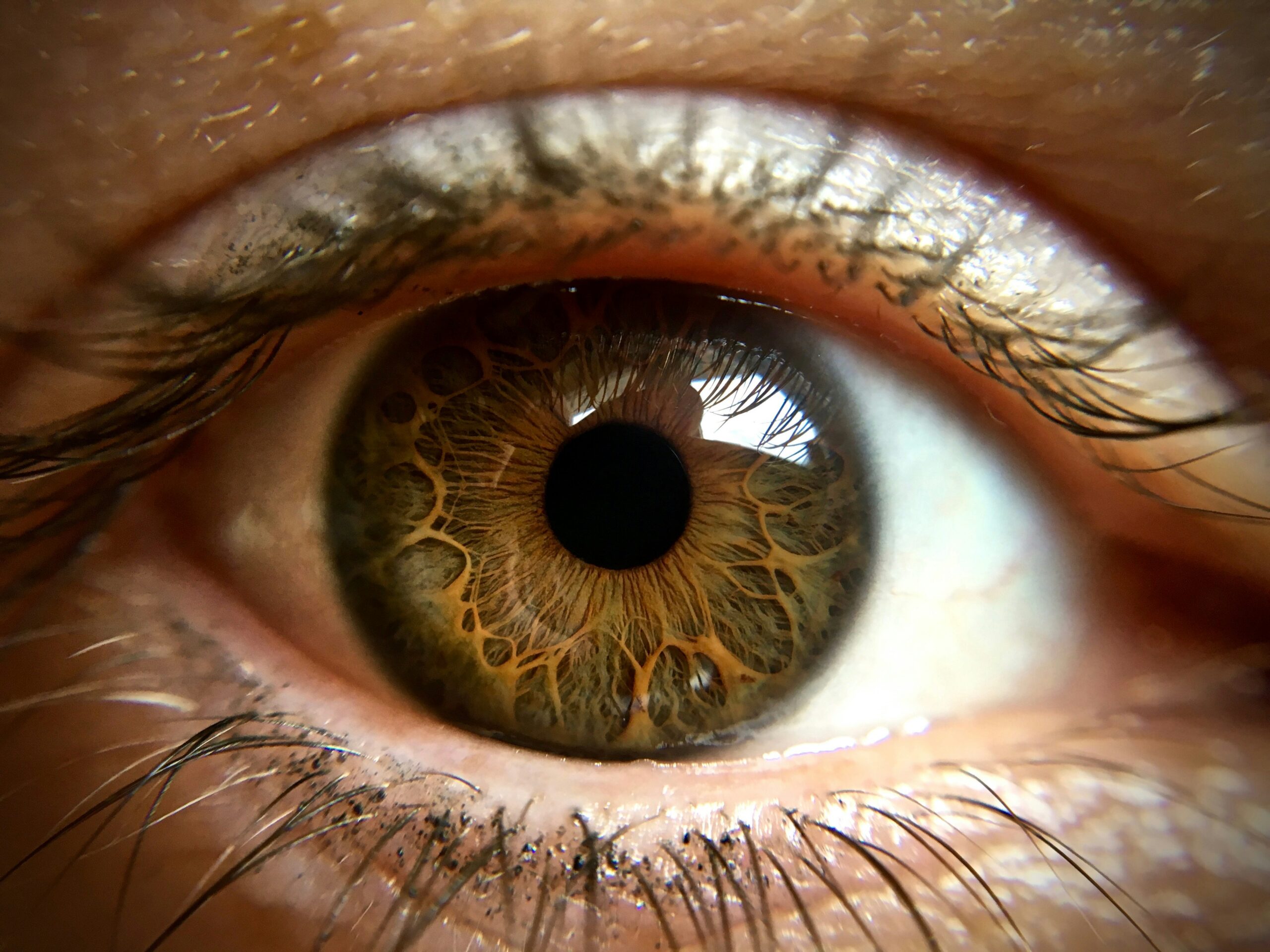
01 Nov Individuation
From a young age, we learn how to become someone. We adapt, develop strategies to survive and belong, and do our best to meet the world’s expectations. Yet in our attempts to find ourselves, we often drift further away from what we already are at our core. Jung called this process individuation — the becoming conscious of all parts within ourselves, so that we may experience who we truly are: whole, alive, and present. Individuation is not a mental or psychological exercise, but an invitation to embodiment — a process of dismantling, in which everything misaligned with your true nature dissolves until only the full spectrum of your essence remains.
In our efforts to understand life, we often turn to the mind. The mind wants to improve, explain, and control. But the compassionate heart lives in another dimension. It has no need for understanding, direction, or change, because all of life is the manifestation of the same source energy that has always existed in unity. The heart is the place where nothing is excluded — where sorrow, fear, joy, and confusion are all equally welcome in the field of compassionate presence. And precisely by changing nothing, everything transforms.
Compassion is not indifference, but deep connection and engagement. When resistance falls away, everything returns to its natural order. Tension dissolves, and what remains is clarity, stillness, and a sense of belonging to life itself. Every shadow you encounter is a part of you that once split off because it was too painful or unsafe to feel. Jung saw the integration of this shadow as a necessary step toward wholeness. This integration does not occur through analysis, but through the combination of open experience and genuine recognition.
Healing arises from recognition. When you stop trying to manage the tension within you, and instead carry and endure it with awareness and compassion, it loses its charge. In this compassionate space, the seemingly separate part can be restored to wholeness, to unity. What once served as protection can now rest. What once merely survived can now live. As the layers of adaptation dissolve, something becomes visible that was always there: your unique blueprint. This is not a new identity, but the recognition of who you essentially are and have always been — a frequency spectrum resonating perfectly with the life that longs to move through you.
This is your medicine: the natural vibration you carry, which brings healing to yourself and your surroundings without any effort. It is the energy released when you stop trying to be someone other than who you are, and fully experience who you are now — all-inclusive. Paradoxically, it is this radical acceptance of who you are in this moment that allows you to become someone else: yourself.
The mind constantly feels the need to choose between opposites. The heart never has to make that choice; it allows both to exist. It is precisely there — where the tension between polarities is no longer avoided but held — that something new emerges. This transcendent function opens a third way: the moment when awareness and compassion meet, and something unfolds beyond the limits of the mind. It is a shift from struggle to flow, from thinking to being. In that space, every conflict converges into a deeper knowing: nothing needs to be solved — only felt and embodied.
The journey of individuation is ultimately not a search for something new, but a homecoming to what you have always been. When everything is welcome — light and dark, strength and vulnerability, joy and pain — all that is illusory dissolves. What remains is peace, clarity, and the quiet joy of simply being. And that is all there is.



Sorry, the comment form is closed at this time.